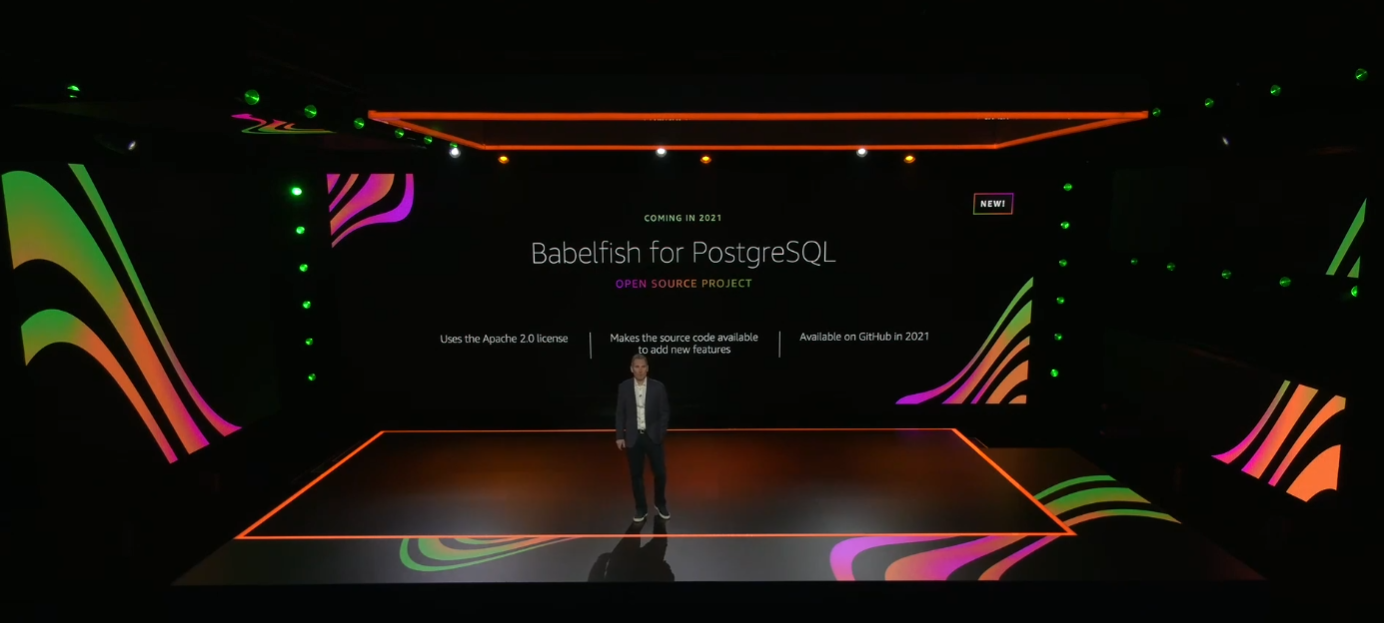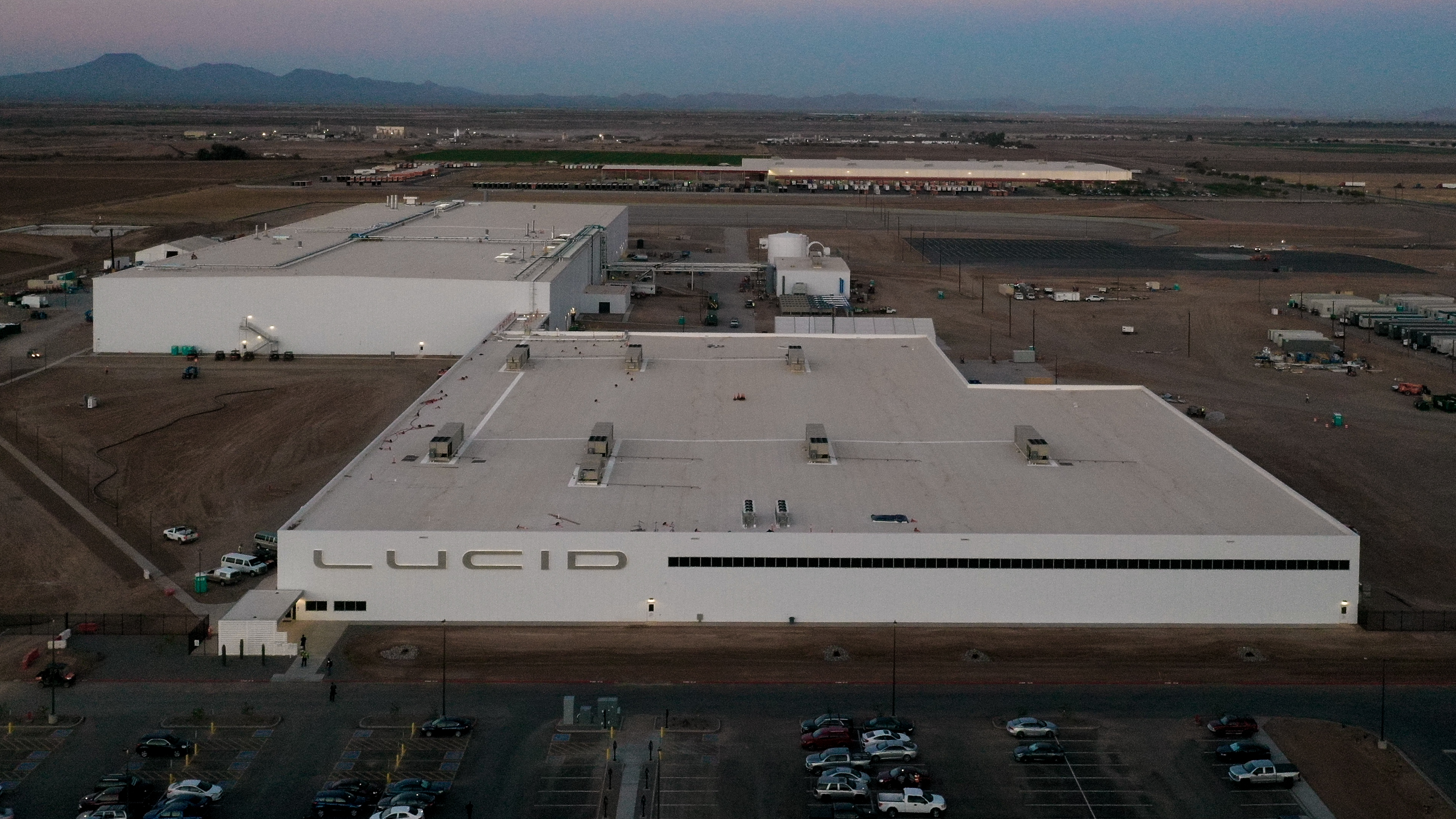AWS announced some big updates to its Lambda serverless function service today. For starters, starting today it will be able to deliver functions with up to 10MB of memory and 6 vCPUs (virtual CPUs). This will allow developers building more compute-intensive functions to get the resources they need.
“Starting today, you can allocate up to 10 GB of memory to a Lambda function. This is more than a 3x increase compared to previous limits. Lambda allocates CPU and other resources linearly in proportion to the amount of memory configured. That means you can now have access to up to 6 vCPUs in each execution environment,” the company wrote in a blog post announcing the new capabilities.
Serverless computing doesn’t mean there are no servers. It means that developers no longer have to worry about the compute, storage and memory requirements because the cloud provider — in this case, AWS — takes care of it for them, freeing them up to just code the application instead of deploying resources.
Today’s announcement combined with support for support for the AVX2 instruction set, means that developers can use this approach with more sophisticated technologies like machine learning, gaming and even high performance computing.
One of the beauties of this approach is that in theory you can save money because you aren’t paying for resources you aren’t using. You are only paying each time the application requires a set of resources and no more. To make this an even bigger advantage, the company also announced, “Starting today, we are rounding up duration to the nearest millisecond with no minimum execution time,” the company announced in a blog post on the new pricing approach.
Finally the company also announced container image support for Lambda functions. “To help you with that, you can now package and deploy Lambda functions as container images of up to 10 GB in size. In this way, you can also easily build and deploy larger workloads that rely on sizable dependencies, such as machine learning or data intensive workloads,” the company wrote in a blog post announcing the new capability.
All of these announcements in combination mean that you can now use Lambda functions for more intensive operations than you could previously, and the new billing approach should lower your overall spending as you make that transition to the new capabilities.






